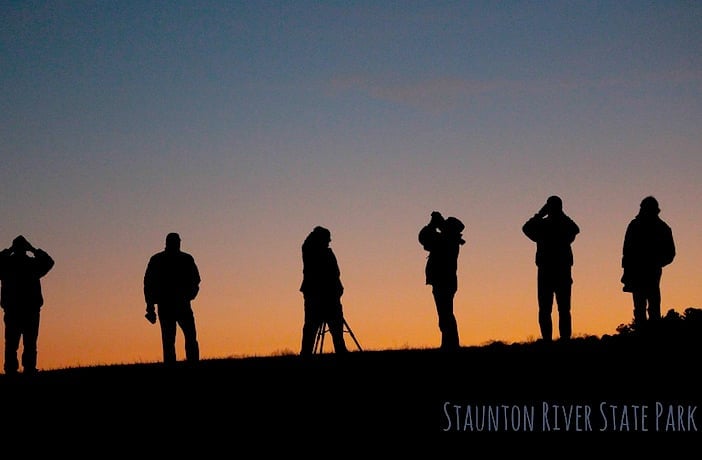Physicist Mona Kessel knows that turning on a pair of satellites takes fortitude. After thousands of hours of planning, building and testing, the new instruments are orbiting Earth. And to add to the worry, the probes are going to one of the most dangerous parts of the Solar System — the Van Allen Radiation Belts. The two Van Allen Belts were discovered in 1957. They’re collections of energized particles near Earth. Most satellites rocket quickly through the area with all their shielding down around the delicate instruments. Her team wanted to slow down and actually examine that part of space.
So it was with patience, and some trepidation, that she and her team turned on the two Van Allen Probes on August 30, 2012. The probes worked! The crew celebrated, but they were still in for a big surprise.
Kessel and the rest of the team chose to study the Van Allen Radiation Belts because they are important. Every time our Sun sends a burst of particles and energy toward Earth, the radiation belts fill up and expand, as part of a geomagnetic storm.
These storms are part of as space weather, and they can affect all of our satellites including GPS, weather and communication satellites. Airlines don’t fly near the North pole if they know a solar storm is coming because the radiation hurts the people on the plane.
The team designed the Van Allen probes for the radiation fray.
They knew that radiation belt’s high-energy particles would destroy a normal computer. And fancier computers, such as computers made for gaming or showing videos, are more likely to be damaged because they have a lot of small transistors that could be short-circuited by the high-energy particles.
So the Van Allen Probe designers used low-power computers with limited memory (the computers have 50 times less memory than a cell phone). These custom-made computers are better able to withstand the storms of high-energy particles. Then they put the electronics in shielded boxes. Finally they designed watchdog timers that automatically reset the system when needed.
About three weeks after the probes started up, the team received their first set of data.
“We saw something very unusual.” Kessel says, who still sounded excited even years after the event.
The probes’ new instruments were like putting on a better pair of glasses. Suddenly they could see clearly that the belts aren’t always made up of two bands of radiation as everyone had thought. Sometimes there are three!
In human-terms, that would be like finding a new mountain on the way to school. You’ve made that trip a thousand times before. The mountain wasn’t there. And suddenly it is.
The physicists were gob smacked.
Physicists who study space usually have long and drawn out studies. Often the information they find changes our understanding of the universe in incremental ways. This discovery was much more dramatic. They found the third Van Allen Radiation Belt and then found out it is not always there. It ebbs and flows with space weather, which is another reason to keep studying it and learn how to predict when it will reappear.
The probes themselves were expected to last two years. But there again, the team was surprised. The shielding and careful electronics have worked and the satellites are still working in early 2019. The study will end in soon when the probes run out of fuel.
Learn More
Mona Kessel
https://solarsystem.nasa.gov/people/3005/mona-kessel/
Van Allen Probes Mission Overview
https://www.nasa.gov/mission_pages/rbsp/mission/index.html
van allen probes
http://vanallenprobes.jhuapl.edu/
van allen probes mission
http://vanallenprobes.jhuapl.edu/Mission/index.php
van allen mission coming to an end
https://www.whsv.com/content/news/NASAs-Van-Allen-Probes-mission-is-coming-to-and-end-505796811.html
NASA Van Allen probes discover PARTICLE HURRICANES
https://www.theregister.co.uk/2013/07/26/van_allen_particle_acceleration/

